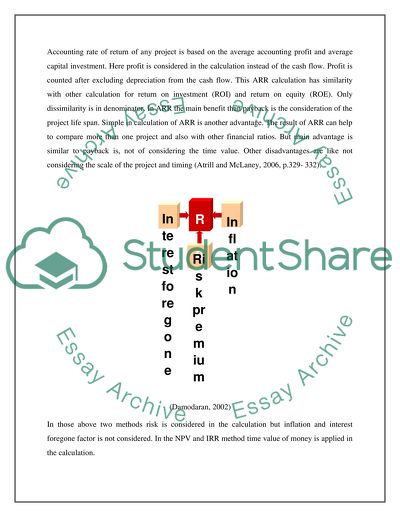Cite this document
(“Understanding management accounting and financial management Assignment”, n.d.)
Retrieved from https://studentshare.org/finance-accounting/1416984-understanding-management-accounting-and-financial-management
Retrieved from https://studentshare.org/finance-accounting/1416984-understanding-management-accounting-and-financial-management
(Understanding Management Accounting and Financial Management Assignment)
https://studentshare.org/finance-accounting/1416984-understanding-management-accounting-and-financial-management.
https://studentshare.org/finance-accounting/1416984-understanding-management-accounting-and-financial-management.
“Understanding Management Accounting and Financial Management Assignment”, n.d. https://studentshare.org/finance-accounting/1416984-understanding-management-accounting-and-financial-management.


